Question: (12 points-suggested time 25 minutes)
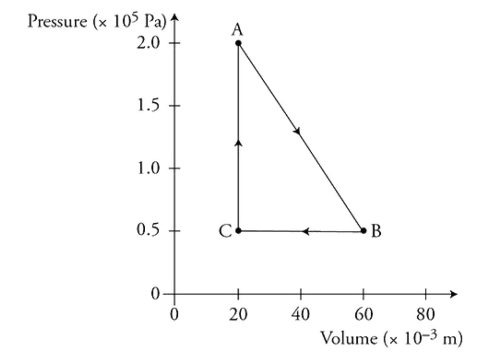
A mole of ideal gas is enclosed in a cylinder with a movable piston having a cross-sectional area of 1 x 10-2 m2. The gas is taken through a thermodynamic process, as shown in the figure.
(A) Calculate the temperature of the gas at state A, and describe the microscopic property of the gas that is related to the temperature.
(B) Calculate the force of the gas on the piston at state A, and explain how the atoms of the gas exert this force on the piston.
(C) Predict qualitatively the change in the internal energy of the gas as it is taken from state B to state C. Justify your prediction.
(D) Is heat transferred to or from the gas as it is taken from state B to state C? Justify your answer.
(E) Discuss any entropy changes in the gas as it is taken from state B to state C. Justify your answer.
(F) Calculate the change in the total kinetic energy of the gas atoms as the gas is taken from state C to state A.
(G) On the axis provided, sketch and label the distribution of the speeds of the atoms in the gas for states A and B. Make sure that the two sketches are proportionally accurate.
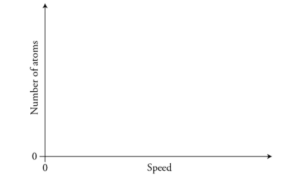
▶️Answer/Explanation
Ans:
Note that all the numbers in this problem are rounded to two significant digits because that is the accuracy of the data from the graph.
Part (A)
1 point-For the correct value of temperature with supporting equation and work: PV = nRT, T = 480 K.
1 point-For an explanation that the temperature of the gas is directly related to the average kinetic energy of the gas molecules.
Part (B)
1 point-For the correct force with supporting equation and work: F = PA = 2,000 N.
1 point-For an explanation of the mechanism that produces gas force on the piston.
For example: The gas molecules collide with the piston in a momentum collision that imparts a tiny force on the piston. The sum of all the individual molecular collision forces is the net force on the piston.
Part (C)
1 point-For indicating that the temperature of the gas is decreasing and explaining why this occurs.
For example: Since the PV value of the gas decreases, the temperature of the gas decreases in this process as indicated by the ideal gas law.
1 point-For indicating that the internal energy of the gas will decrease and explaining why this occurs.
For example: ΔU = nRΔT and the temperature is decreasing. Therefore, the internal energy of the gas also must decrease.
Part (D)
1 point-For indicating that the work in this process is positive because the process is moving to the left on the graph and that the thermal energy of the gas is decreasing because the temperature is decreasing.
1 point-For using the first law of thermodynamics to determine that heat is being removed from the gas.
For example: work is positive and the gas internal energy is decreasing. Therefore, using the first law of thermodynamics, ΔU = Q + W, we can see that heat must be leaving the gas during this process.
Part (E)
1 point-For indicating that the entropy of the gas is decreasing because thermal energy is being removed in this process. This reduces the spread of
the speed distribution of the gas, thus reducing disorder.
Part (F)
1 point-For the correct answer with supporting work:
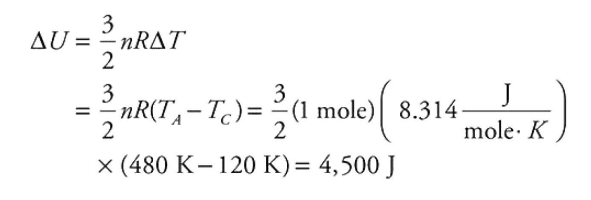
Part (G)
Based on the PV values, the temperature at point A is higher than that at point B. Thus, the peak for A must be at a higher speed than for B.
1 point-For both curves showing a roughly bell shape, and curve A having a higher average speed than curve B.
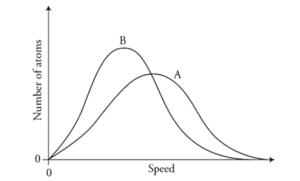
The area under the graphs must be equal because the number of molecules remains the same. This means the peak for A must be lower than that for B.
1 point-For curve A having a lower maximum than curve B, and both curves having roughly the same area beneath them.
Question
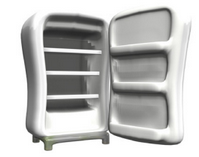
A refrigerator is placed in a room which is completely sealed except for a working electrical outlet. The refrigerator is plugged in, and the door of the refrigerator is opened. Does the temperature in the room increase, decrease, or remain the same? Justify your answer.
▶️Answer/Explanation
Ans:
The temperature in the room increases. From an energy perspective, energy is entering the room through the electrical outlet, but it is not exiting the room. This energy accumulation will result in an increase in the room’s temperature.
